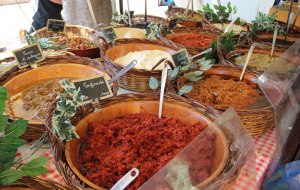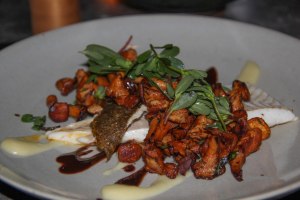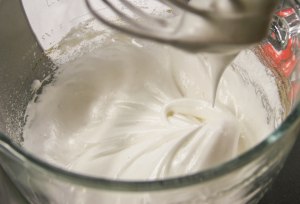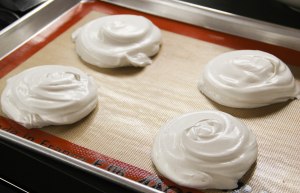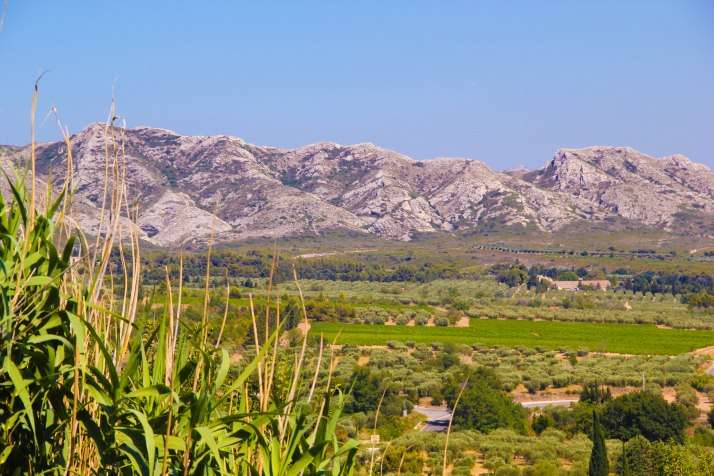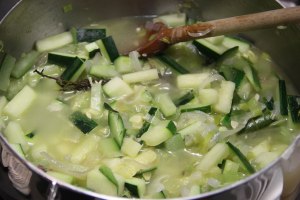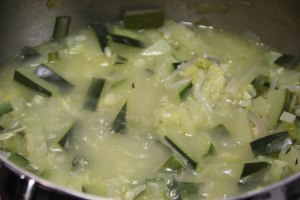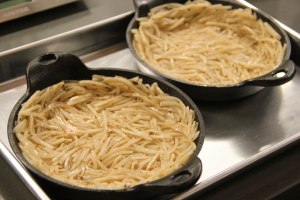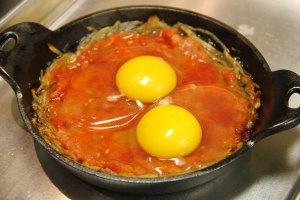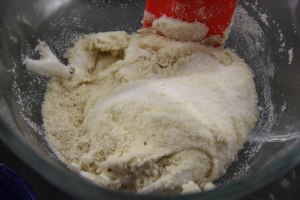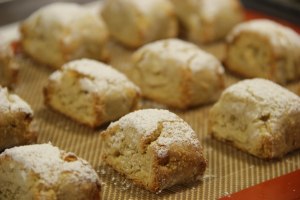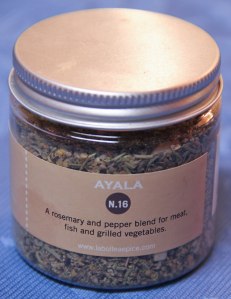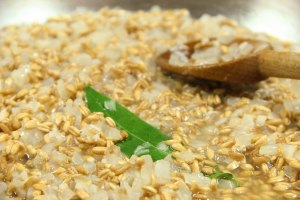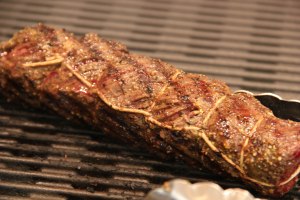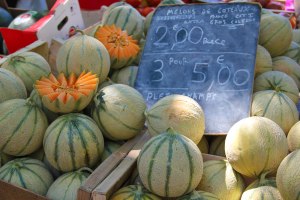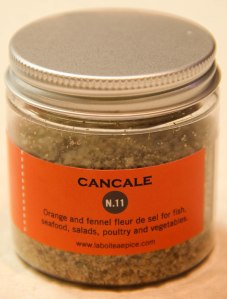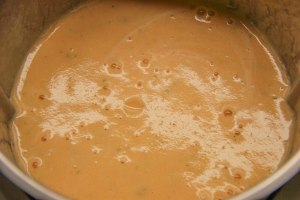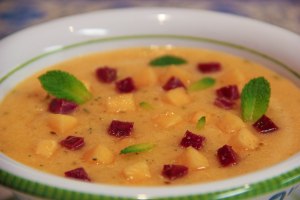- A true capital of Provence and once an important trade route, Avignon is situated at the confluence of the Rhône and Durance rivers. The city’s claim to fame began in the 14th century with the Great Schism, when the seat of the papacy moved from Rome to Avignon. The fortified city walls merely hint at the staggering scale of the largest gothic palace in Europe, and the imposing holy see that inhabited it. Nowadays, much of the annual action happens during the 4-week Festival d’Avignon in July when the city turns into one big theater district; hundreds of plays are put on daily from company productions to one-man-shows.

SEE:
- Palais des Papes, Papal Gardens, Pont Saint-Benezet, Les Halles d’Avignon
The Gothic residence of 7 early-Renaissance popes, the massive holy palace is worth touring, as is the panoramic view from the papal gardens, despite the many steps required to see it.

- Follow the river around to see the remains of the medieval Saint-Benezet bridge and fortified city walls. Everyday except Monday, check out Les Halles, the indoor food market of all local specialties from wine and cheese to olive oils and honey.

STAY/EAT:
- La Mirande, 4 Place de l’Amirande, 84000 Avignon
This beautifully restored hotel is a luxurious flashback to la belle époque with ornately decorated salons fit for receiving royals or enjoying an eccentric afternoon tea. The restaurant is one of the most reputed in the city, and the garden terrace is a perfect spot for a leisurely luncheon.

EAT:
- L’Essentiel, 2 Rue Petite Fusterie, 84000 Avignon
This family-run establishment will not disappoint. Locals and tourists alike flock for the excellent and reasonably priced lunch pre-fixe menu. Generous portions make it possible to call one main course a meal, but it’s not an easy choice. The high-walled stone courtyard in the back is a calming break from the bustling streets of the city, especially during the hectic summer festival.






